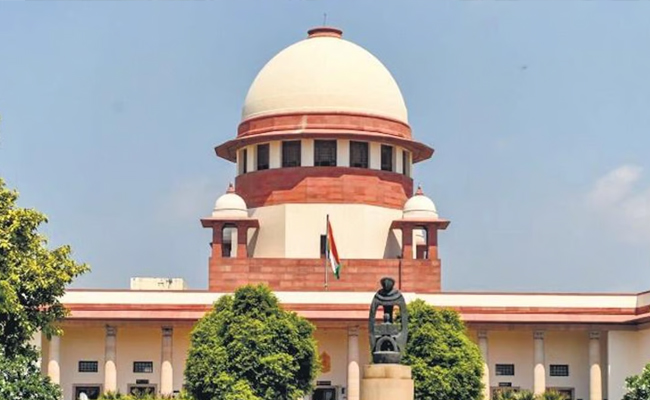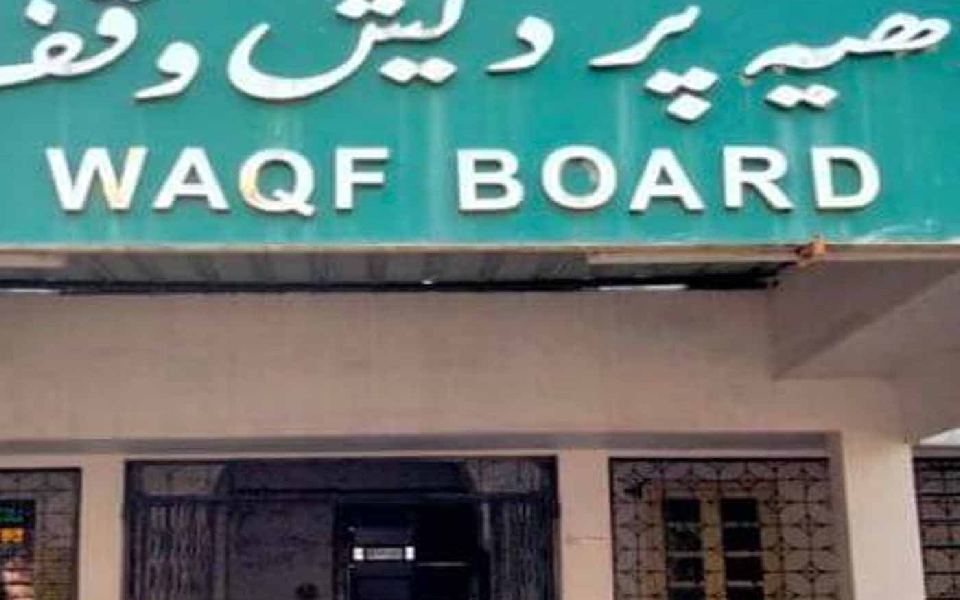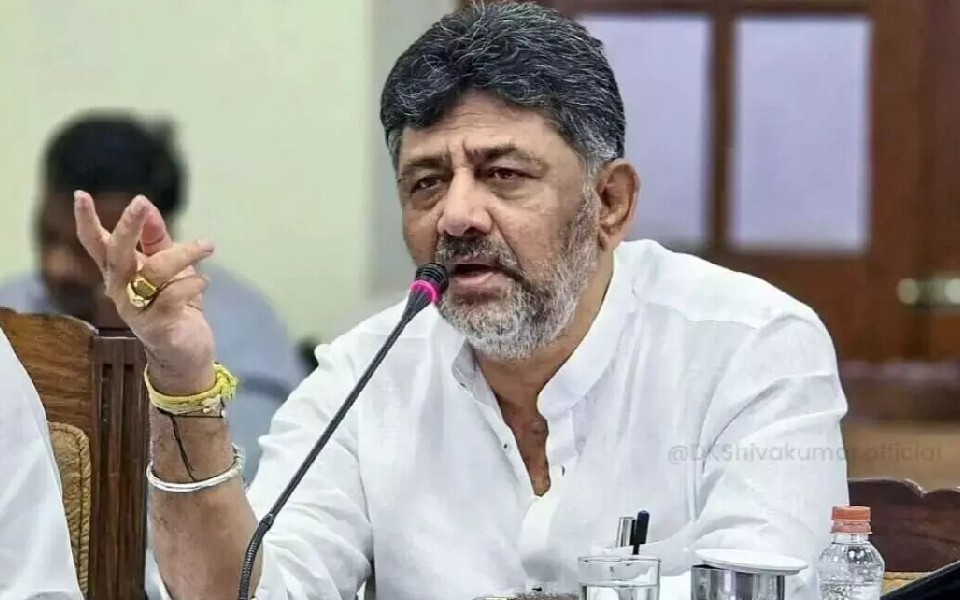New Delhi (PTI): The prosecution will have to establish motive for commission of crime if there is no eyewitness of an incident, the Supreme Court has said while acquitting a man convicted in a 2008 murder case.
A bench of justices Vikram Nath and Ahsanuddin Amanullah noted that all the witnesses have stated that there was no enmity between the petitioner and the deceased.
"Once there is no eyewitness of the incident, the prosecution will have to establish a motive for the commission of the crime inasmuch as in a case of direct evidence, motive may not have a major role," the bench said.
"If there is no motive setup or proved and there are direct eyewitnesses, motive may loose its importance but in the present case as admittedly no one has seen the occurrence, the motive has an important role to play," it said.
The observations came while hearing a plea by a man challenging an order of the Chhattisgarh High Court which confirmed his conviction under section 302 (murder) of the Indian Penal Code and and the sentence to undergo life imprisonment along with fine.
According to the prosecution, the uncle of the deceased lodged a complaint that his nephew, while he was returning home, was assaulted by the appellant.
He further claimed that when he rushed to the place of occurrence, he saw the accused running away and the murder weapon was lying there.
The top court said the testimony of the deceased's uncle was not reliable and could not have formed the basis of conviction.
It said apparently, he was influenced by a sarpanch whose active participation in the proceedings subsequent to the incident cannot be ruled out.
"The medical evidence did not support the prosecution case as the weapon of assault could not have caused injury on the deceased as noticed in the postmortem report," the court observed.
"There was no motive as to why the appellant would commit the murder of an acquaintance and a friend for no reason. The defence version that the deceased was under the influence of alcohol and could have tripped and fallen on a sharp object resulting into the ante-mortem injury reported in the post-mortem was quite possible," the bench said.
Let the Truth be known. If you read VB and like VB, please be a VB Supporter and Help us deliver the Truth to one and all.
Waqf, a pious endowment in Islamic law is rooted in the teachings of Prophet Muhammad (PBUH). A companion Abubakr Siddiq (RA) purchased and assigned the land for construction of mosque of Prophet in Madina. The Quranic revelation “You will not attain unto piety until you spend of that which you love”.
The messenger of Allah said, “when a human being dies his deeds end except for three: ongoing charity, beneficial knowledge or a righteous child who prays for him”. It has encouraged Muslims to dedicate wealth for good cause like Waqf.
Concept of Waqf
The concept of waqf in Muslim law is a permanent dedication of properties for religious, charitable and pious purposes. The word waqf comes from the Arabic word which means to tie up, stoppage or detain. The movable and immovable assets are dedicated unconditionally to divine and must be irrevocable. The donor is called a Waqif the Waqif appoints a Muthavalli or trustee to manage the property. The usufruct of property is utilised for the specific purpose for which it is dedicated or for the benefit of the destitutes. Once an asset is dedicated to the divine it cannot be sold transferred hypothecated or given as a gift.
Auqaf in India
The idea of waqf dates back to the Delhi sultanate when Sultan Muizuddin Sam Ghour dedicated two villages in favour of Jamia Masjid Multan. In Mughal rule there was no centralised management of waqfs. They are managed by individually appointed trustees under the supervision of local Imams. He was accountable to regional khazi. The law of waqf was codified under British rule. “Musalman Waqf Validating Act 1913”, “Musalman Waqf Act 1923” were passed. The “Shariat Application Act 1937” notified that waqf properties comes under Muslim personal law. After independence Waqf Act 1954 was enacted for the entire country except the state of Jammu and Kashmir. Further a comprehensive Act was brought in force in the year 1995. Adjudication of waqf litigations by the waqf Tribunals was introduced. There after it was further amended during 2013 providing representation to women in the waqf board, multi member waqf Tribunals and the alienation of waqf properties is considered as non bailable and cognizable offence with up to 2 years rigorous imprisonment.
Management of Auqaf in Karnataka
During Vijayanagar, Bahamani, Adil Shahi, Tippu and Wodeyar's rule, numerous charities and endowments were made to Hindus and Muslims. The religious endowments of Hindus and Muslims were managed as per the provisions of The Mysuru Muzrai Manual 1934. During 1974 the state government decided to transfer these waqf properties to the waqf Board for their management under Waqf Act 1954.
Abolition of Zamindari System
Consequent to the abolition of Zamindari system Karnataka Inam Abolition Act 1955, Karnataka certain Inams Abolition Act 1977 were passed. Consequent to the 73rd amendment to the constitution Karnataka Land Reforms Act 1974 was enacted. Due to these enactments more than 79,000 acres of notified waqf properties were granted to the Inamdars and tenants out of 1.7 lakh acres in the state.
Waqf is always a Waqf
Honourable supreme court of India in Syed Ali and Others V/S Andhra Pradesh Waqf Board ordered on 18/01/1998 that “Waqf is always a Waqf” and the grant of Patta in favour of Mokhasadar under the Inam Act does not in any matter, nullify the earlier dedication made of the property constituting the same as waqf.
The Karnataka State Board of Auqaf sought clarification from the state government regarding applicability of Karnataka Religious and Charitable Inam Act, Karnataka Certain Inams Abolition Act 1977 and Karnataka Land Reforms Act 1974 to the waqf properties in view of the aforesaid Supreme Court judgement. The then Secretary to government Minority Welfare Department in his letter dated 27/07/2017 sought the opinion of the Law Justice and Human Rights Department. The said department clarified that the properties which the State Government claims to have vested in the government by virtue of Inam Abolition Laws or Land Reforms Act have no juridical significance. In view of the interpretation of waqf made by Honourable Supreme Court of India in its judgement reported in AIR1998 SC 972, Law department is of the opinion that once a property held to be Waqf property, in such an event there is no scope for application of either Inam abolition Laws or land reforms Act.
The State Government in its letter no MWD118WES2017 dated 19/12/2017 directed the Karnataka State Board of Auqaf to recover the Waqf lands acquired by individuals as well as the groups and to take legal action as per the provisions of the waqf Act 1995 (Amendment) Act 2013. The Board requested the Regional Commissioners and Deputy Commissioners in the State to restore the waqf properties affected under The Inams and Land Reforms Laws. Accordingly, the Tahsildars initiated to issue notices to such grantees and noted as “Waqf Property” in the record of rights of such properties. Many of such grantees have assailed the mutations effected by the Tahsildars. The Honourable High Court of Karnataka has issued directions to the Tahsildars to issue notices, hear them and then take the decision.
Now the state government has decided not to issue any notices which is obviously against the decision of Honourable Supreme Court of India and the clarification issued by the Law Department. Lest there is serious social, political and legal implications inherent in the implementation of orders of Honourable Supreme Court. Since 1995 to date the Inamdars and tenants have sold the properties, some of the lands are converted to non-agricultural purposes, residential lay outs have come up and commercial buildings are in use. The state government has to ponder over the issue with legal luminaries, Waqf Board authorities, senior bureaucrats and social scientists and come out with an acceptable solution in the interest of lasting peace in the society.
This article is written by Mujibullah Zaffari, Former Chief Executive Officer, Karnataka State Waqf Board.





